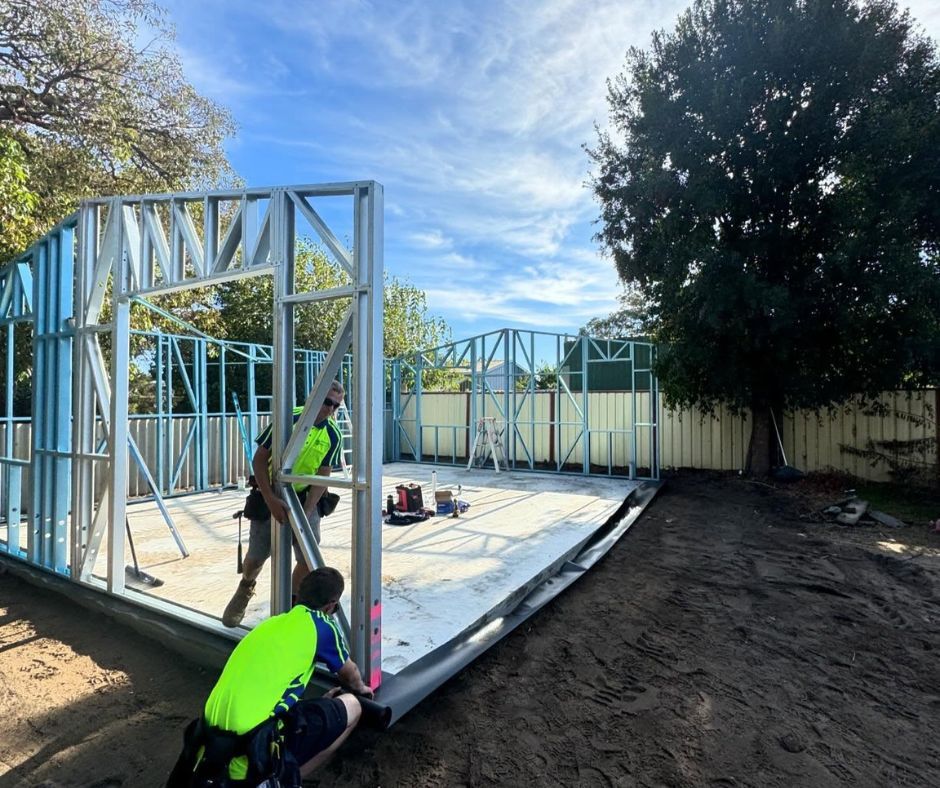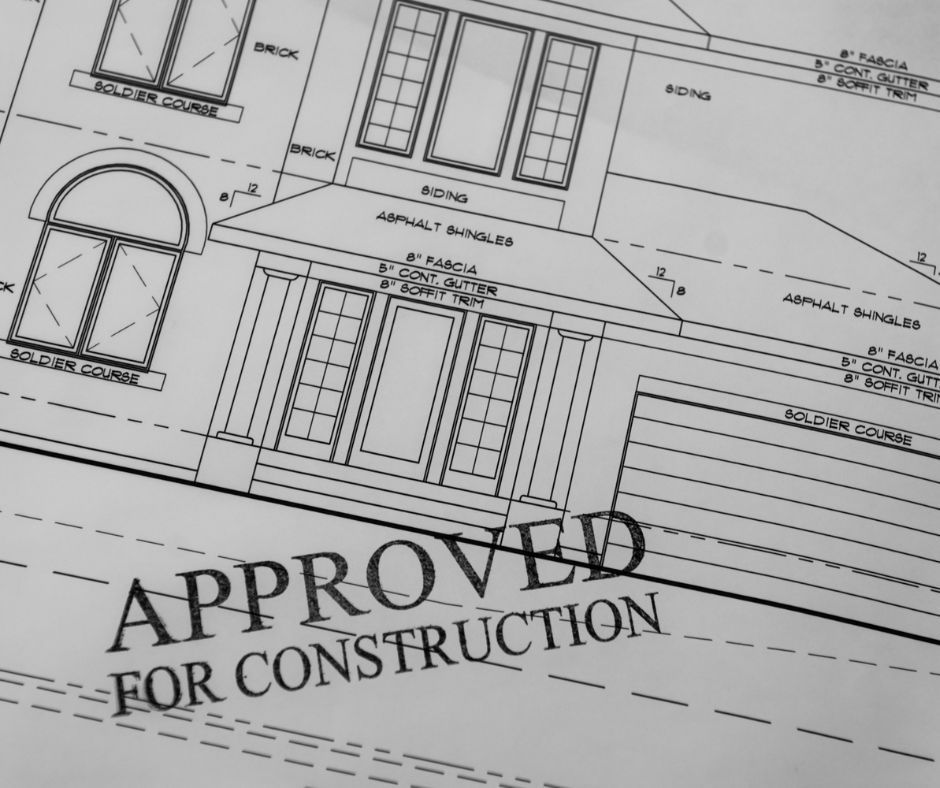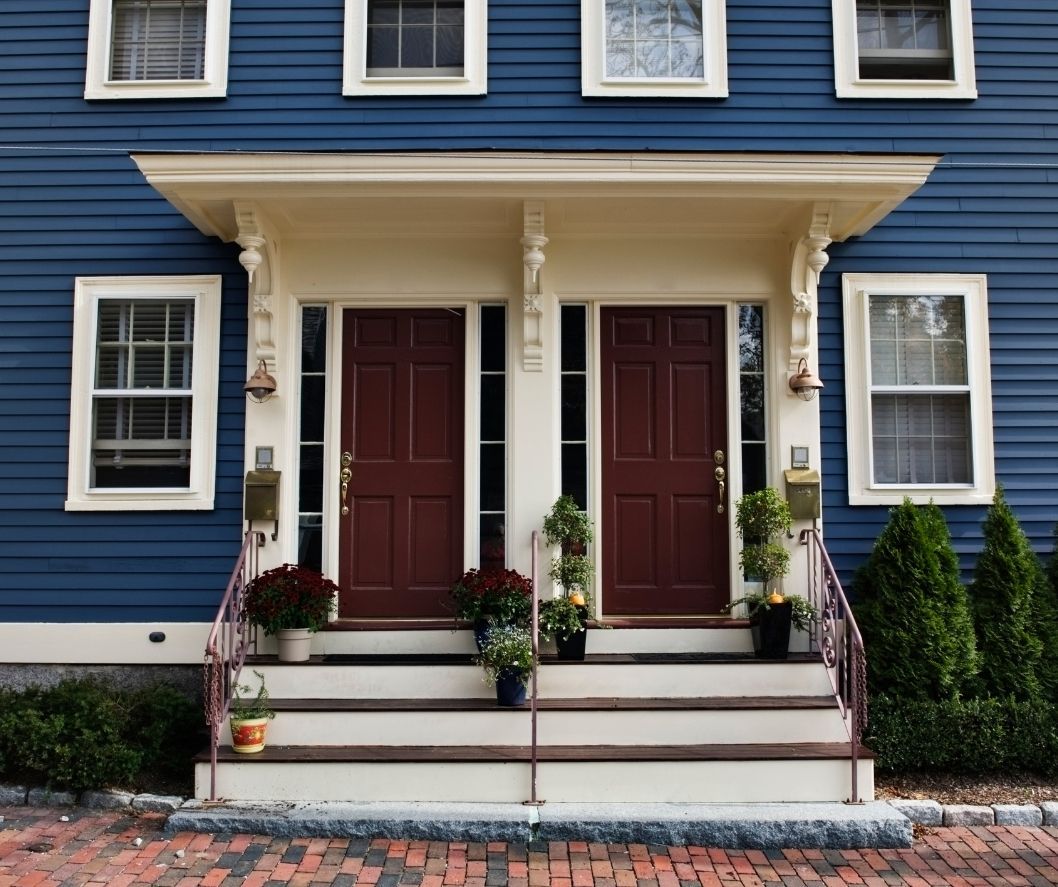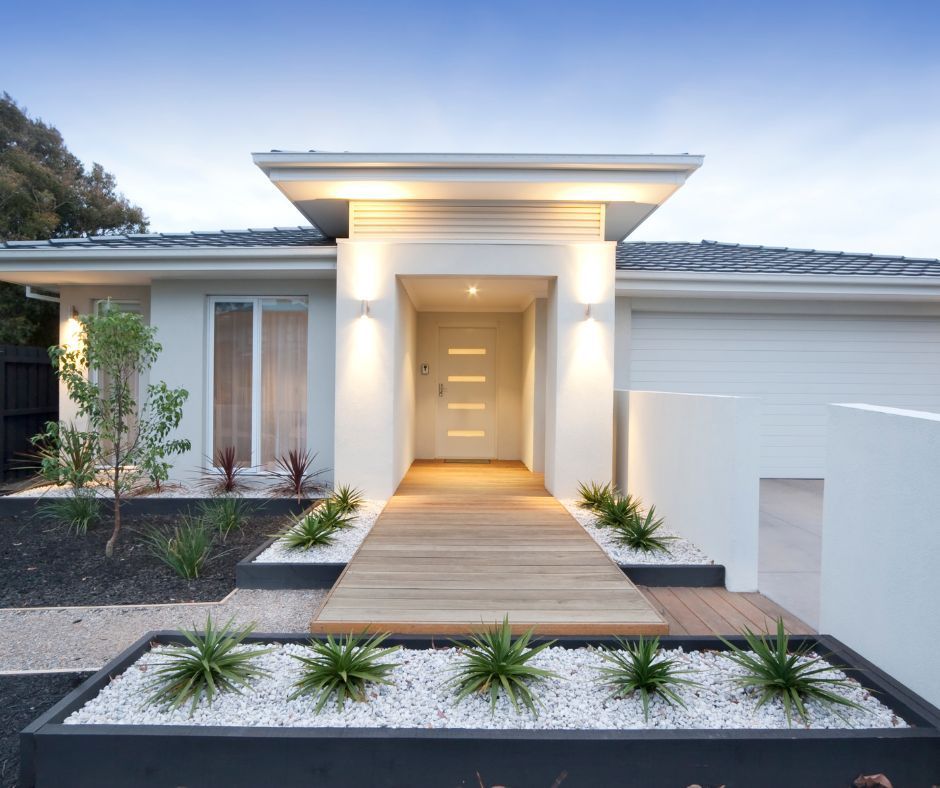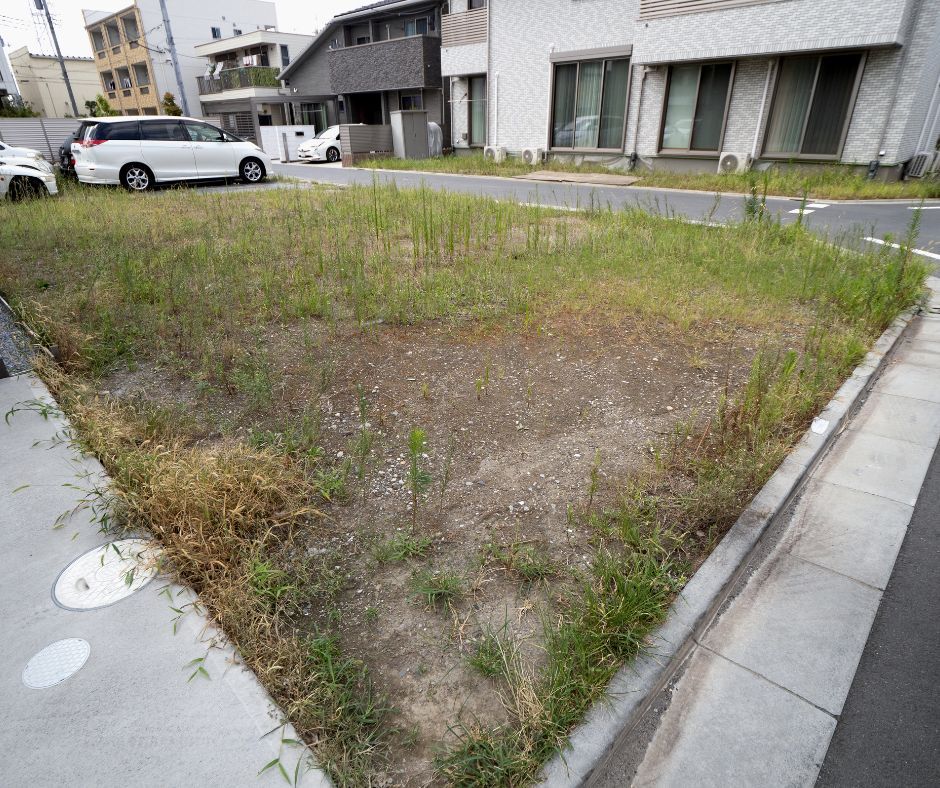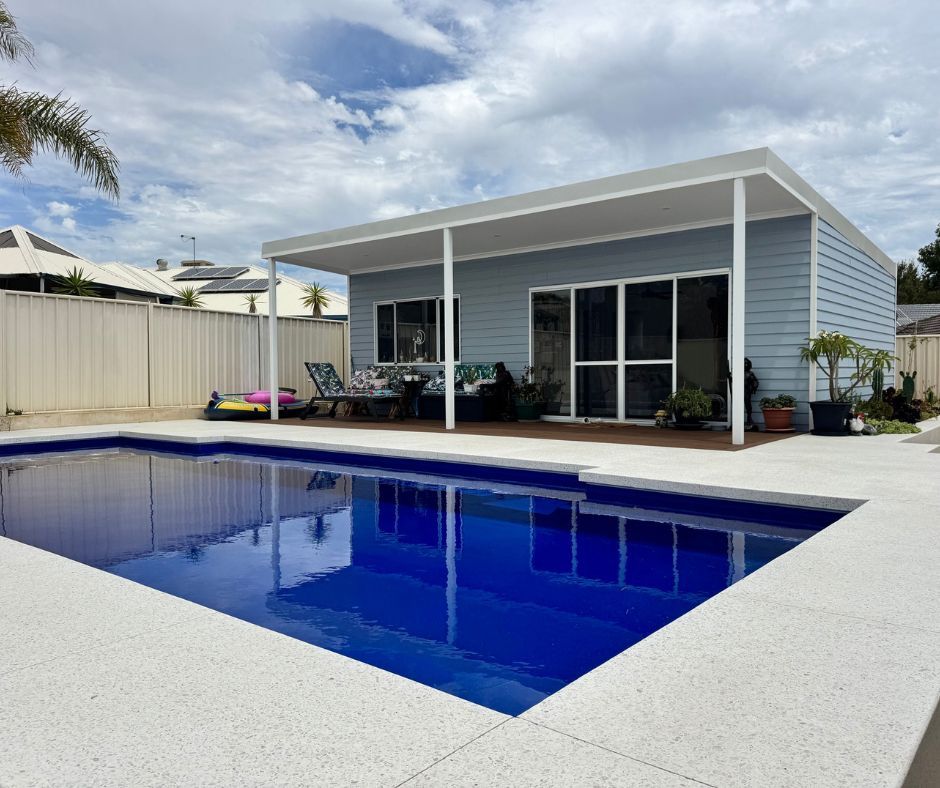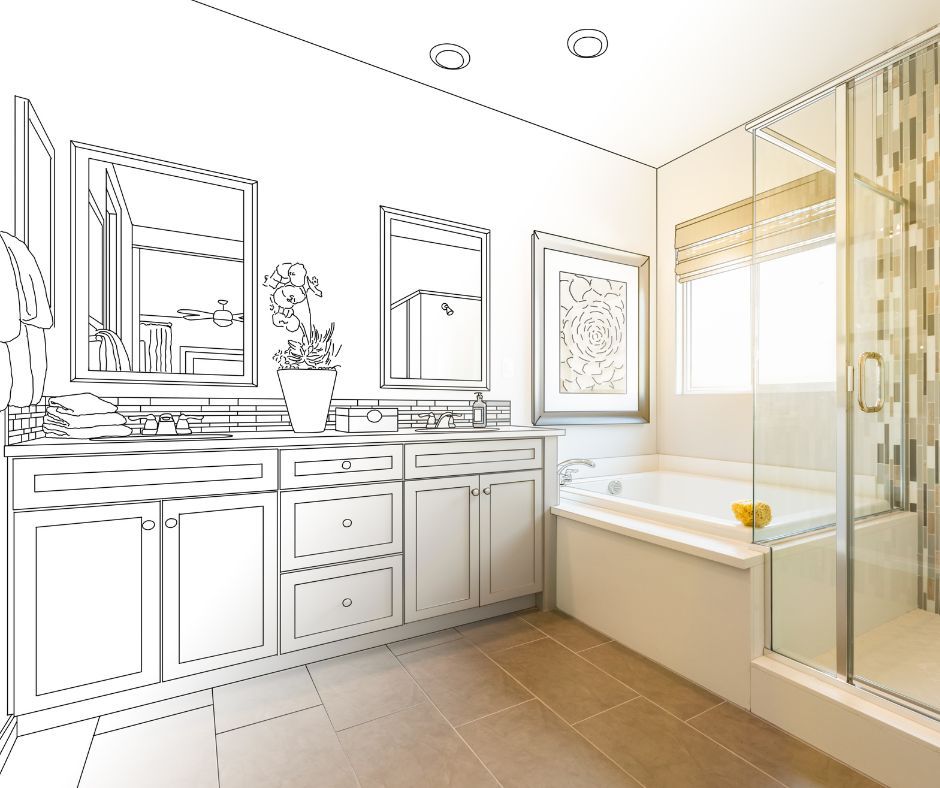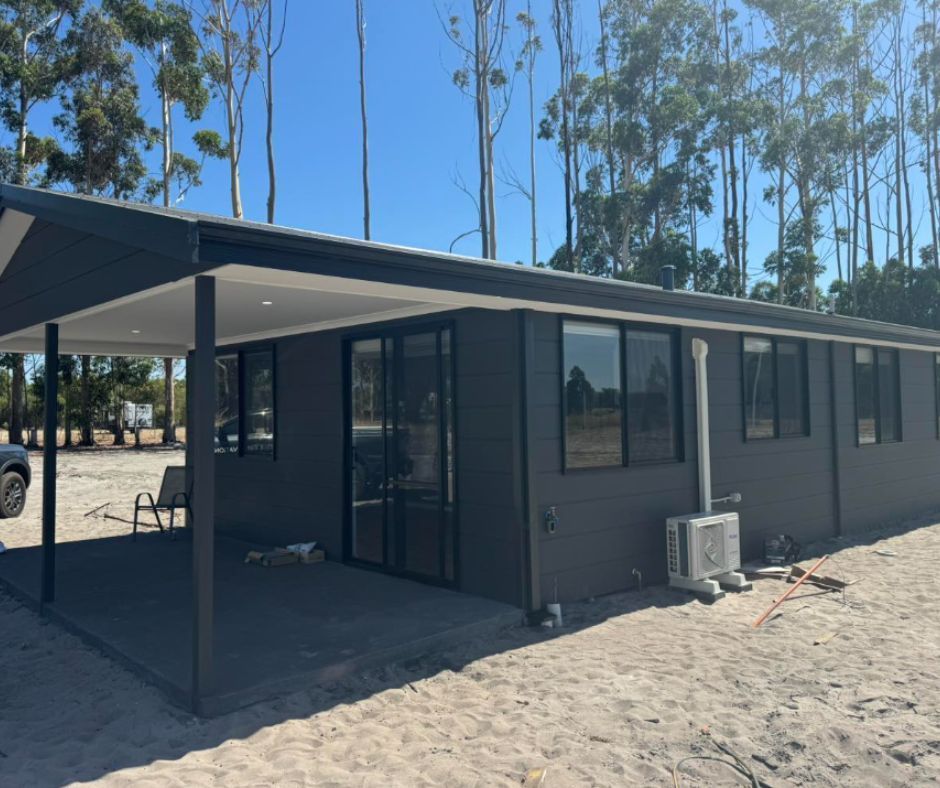Blog
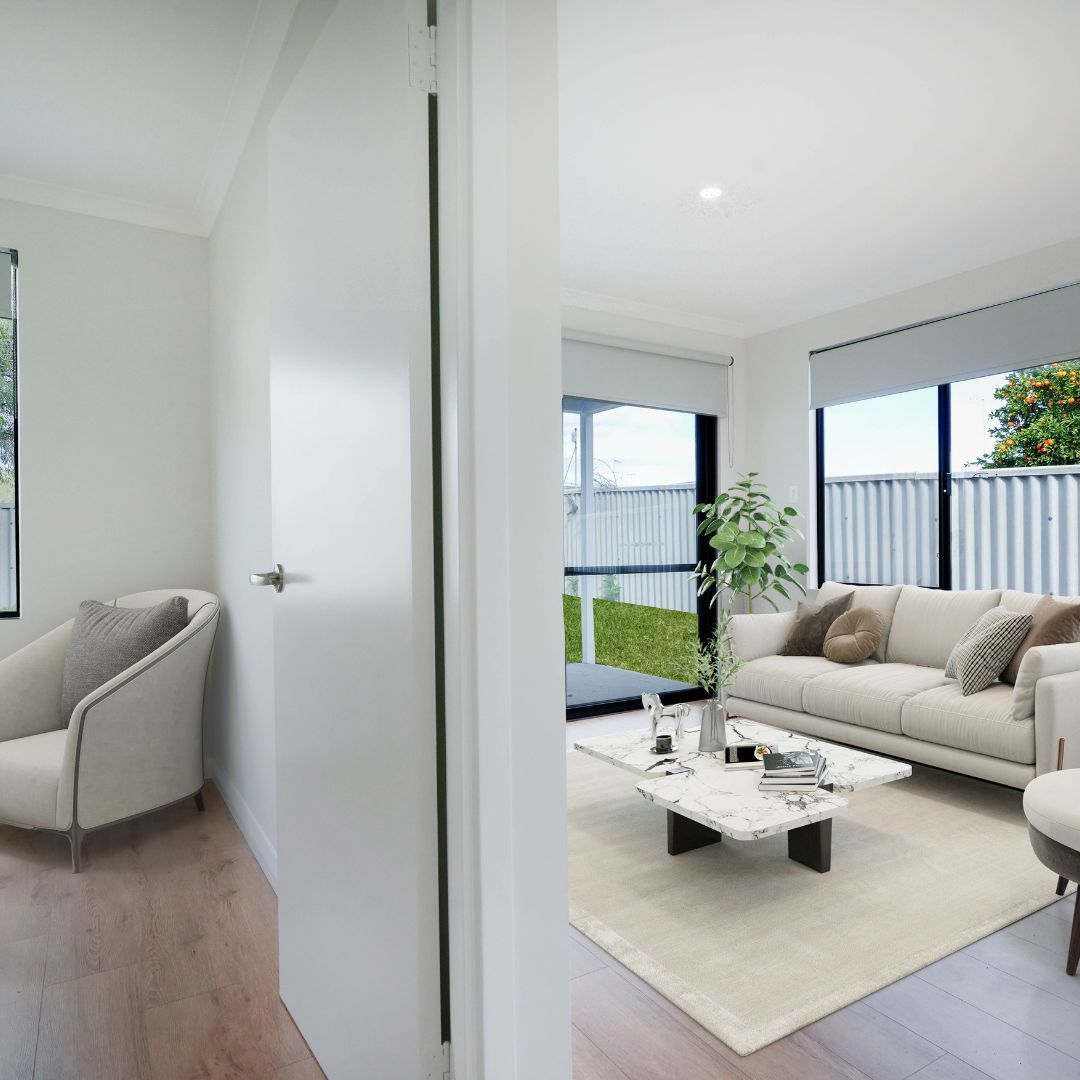
Granny flats are no longer just for grandparents. Across Australia, they’re being built as rental units, guest accommodation, or smart add-ons for multigenerational families. Climbing property prices and limited housing supply have made granny flats an attractive option for homeowners seeking flexibility and extra income. Before you build, there are legal and planning steps to navigate. Each state has its own council rules, and the approval process can feel overwhelming. Prestige Homes & Granny Flats provides practical guidance on paperwork, design, and construction, keeping your project organised and on track from the start. Before you start asking what granny flats are and how to build one, remember there are legal and planning steps to navigate. Each state has its own council rules, and the approval process can feel overwhelming. Prestige Homes & Granny Flats provides practical guidance on paperwork, design, and construction, keeping your project organised and on track from the start. What are Granny Flats? So what is a granny flat? The answer is simple. It’s a small, self-contained home built on the same block as a main residence. Think of it as a compact version of a regular house, usually including a kitchen, bathroom, living area, and one or two bedrooms. Most states cap their size at around 60 m², though exact limits vary. In Queensland, they’re often called “secondary dwellings,” while in Victoria, you’ll hear “dependent person’s unit.” No matter the name, the idea is the same: extra living space with independence built in. What Are Granny Flats Called in Perth? Across Perth and the wider WA region, granny flats are formally classified as “ancillary dwellings” under local council planning regulations. They’re permitted on most residential-zoned blocks that meet the minimum land size, with a maximum floor area of up to 70 m². A major difference in WA is who can occupy them. Since 2015, Perth’s rules have allowed ancillary dwellings to be rented to non-family members, giving homeowners more flexibility for rental income or family use. Councils such as the City of Perth, City of Stirling, and City of Joondalup apply these state planning guidelines, though it’s always worth checking your local council’s requirements before starting. In Perth, granny flats can take several forms. They may be built as a detached unit, joined to the main house, or created by converting existing structures like garages. This flexibility makes them an appealing way to add space, boost property value, or create rental income without leaving your current suburb. What Is Granny Flat: Legal and Planning Rules You Need to Know To fully understand what granny flats are, you also need to follow council regulations that vary from state to state. Zoning and Land Use Your block must be in the correct residential zone to allow an ancillary dwelling. Perth councils set these rules, so it’s important to confirm land use requirements before drawing up plans. Size Limits & Design In most parts of Australia, granny flats are limited to 60 m². In Perth and wider WA, ancillary dwellings can be up to 70 m², provided they meet council design codes for height, setbacks, and appearance. Approval Processes Some states require both planning and building permits, while others fast-track approval if certain criteria are met. In WA, approvals generally move faster when plans follow the Residential Design Codes (R-Codes) . Rental & Occupancy Rules Unlike some states, Perth homeowners can lease ancillary dwellings to non-family members. Since the 2015 policy change, this flexibility has allowed granny flats to serve as either rental income properties or extra family space.
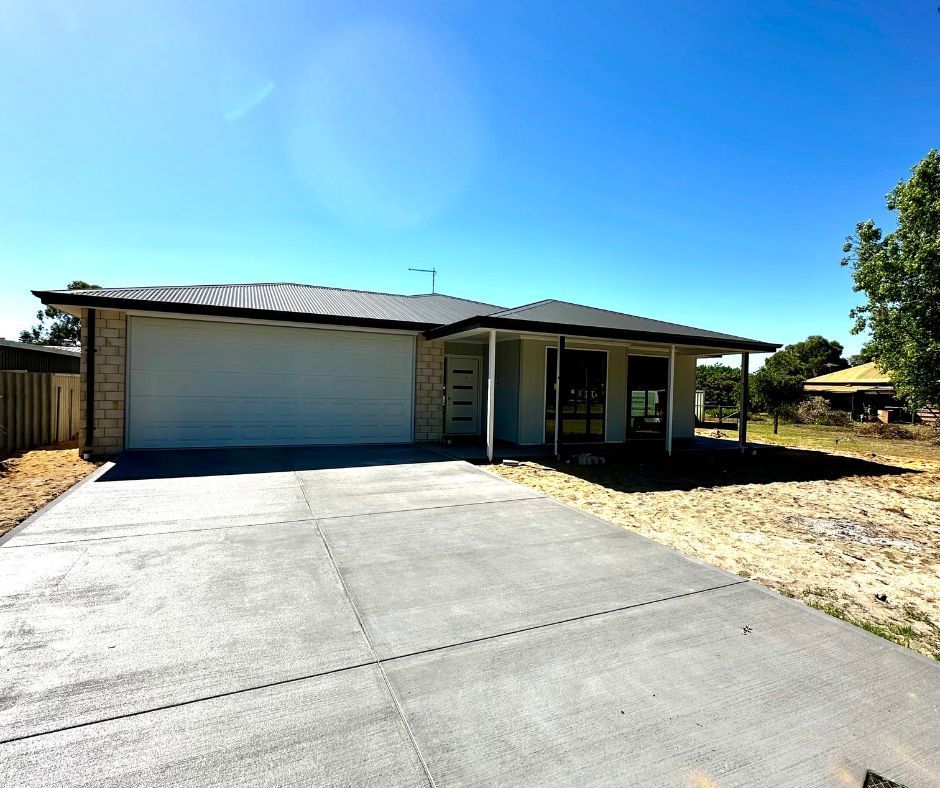
Building your own custom home in Australia is exciting, but it can sometimes feel like you’ve got a lot on your plate. From design choices and council approvals to budgets and timelines, there are plenty of moving parts that can quickly become overwhelming. That’s why having a clear checklist is important. We’ll guide you through the key steps in building a custom home checklist. Whether it is your first build or an upgrade to suit your lifestyle, our team helps you stay organised and confident right through to the final handover. Building a Custom Home Checklist Think of a custom home checklist as your blueprint for staying organised. It turns the chaos of construction into a sequence of manageable steps. Without a checklist, you could face delays, unexpected costs and unnecessary stress. A detailed custom home build checklist ensures a smooth, cost-effective and worry-free build. It’s not just for first-time owners either. Even seasoned homeowners upgrading to a custom space benefit from a structured approach that keeps the build on track and aligned with their vision.

